This is an excerpt from the May 2015 Scrimshaw.com Newsletter. You can get these delivered to your inbox free by subscribing to the right —->

Thinking back to my grandparents, the Grampy’s always had some little thing that was special. They had the tiny pocket knife that always came in handy when you were fishing, the lighter with its trademark “click” before you smelled the sweet sceent of Borkum Riff tobacco curling from the pipe or the tie-tack or lapel pin they wore in church or on their hat along with their favorite fly fishing fly.
What are the nostalgic doo-dads, gee-gaws and keepsakes You or your significant other will pass down? Pocket knives still come in handy, lighters are used much less unless you’re a camper or fisher and tie tacks have given way to clips if a tie is worn at all. Electronics are swapped out every three years, so unless you make a cover or other contrivance that holds something electronic which will look nice as a standalone or incorporated into something else, it may not last as a piece of personal memorabilia. Here’s a list of scrimshaw-able items I was able to come up with:
- Keychains – people still need keys for their vehicles and homes. Depending on the number of keys you carry this may or may not work for scrimshaws, though “monkey fists” will work as an alternative (see “Weavers of Eternity” video to start, many more videos there).
- Knives – small knives are still great for every day use, coming in handy do open letters, packages, and those cursed hermetically sealed packages they put children’s toys in. There are many inexpensive small knives out there that use bone scales. You can also look for knives you can modify such as many of the Spyderco
and Magnum
. Look for hex nuts on the knife scales: you want to be able to disassemble and reassemble them. Also, be aware that some of the “assisted opening knives can be difficult to reassemble. You can also look for inexpensive kits
.
- Money Clips – handy, flashy, great as a theft deterrent (several ones with a $10 around the outside can be thrown in one direction as you run in the other – what’s a thief going to do: run after you or go for the money?)
- Cufflinks – small but memorable, they can be passed down to the kids or grand kids and will be cherished for years
- Business Card Holders – these are more of the things that the kids see on the dresser and remember, though they do come in handy as well for every day use, and can hold other small items as well.
- Lapel Pins – I still remember the Moose Club lapel pins and the Masons lapel pins.
- Lighters – The ubiquitous Zippo lighters. This is where you have to be careful to use materials and adhesives that won’t melt from coming into contact with lighter fluid. Adhesives I’ve found: Seal-All Gas & Oil Resistant Adhesive
So what fits on these tiny canvasses? Lapel pins, tie tacks/clips and cufflinks are so small, often times initials or basic shapes work the best. People need to be able to glance at it and identify it first, then be able to look at the details. I learned this lesson on a set of iris earrings I’d made. They looked beautiful under the microscope, I was especially proud of the shading I was able to achieve. Sadly when seen under normal viewing conditions, they looked like a purple blob and a green blob.
My initial thought on knife handles as canvasses were tall ships, lighthouses and shapely figures of beautiful women. Looking for examples I was pleasantly astounded to see so much more, including Katherine Plumer’s excellent Zebras. Garbo’s amazing tigers and so many more. (google scrimshaw knives).
Money clips usually have larger areas to scrimshaw (25mm and larger) and business card holders have a nice landscape or portrait area and lighters have up to two areas that can be utilized (the lid and the body).
Any of grandpa’s keepsake’s we’re missing? Let us know and we’ll include them in a future post.

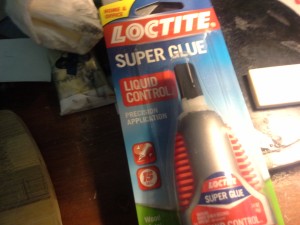
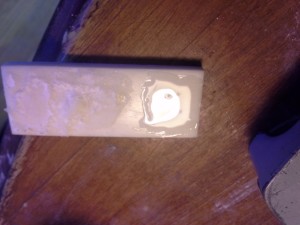
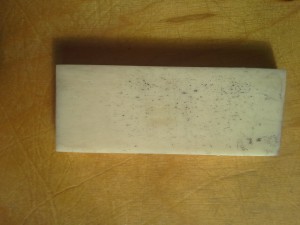

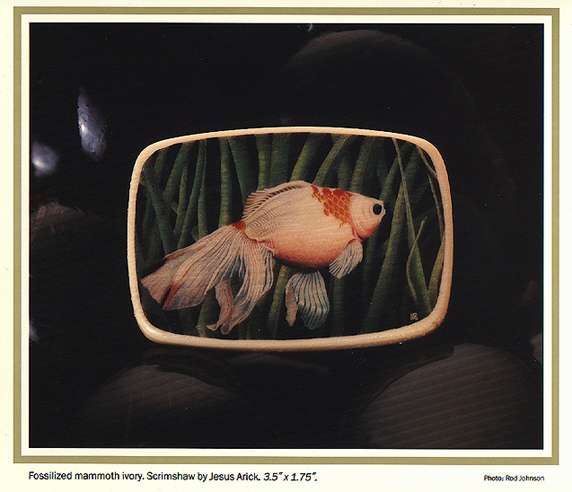

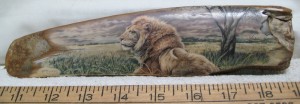
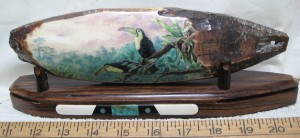
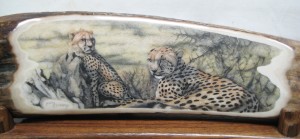
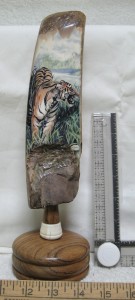
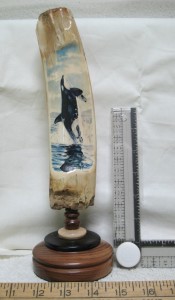
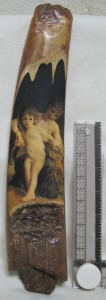
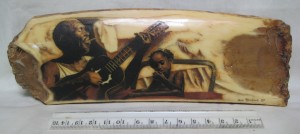
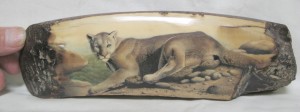
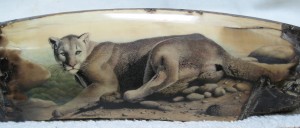
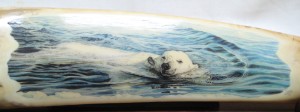
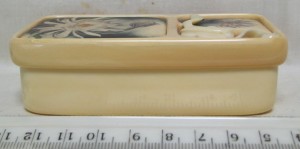
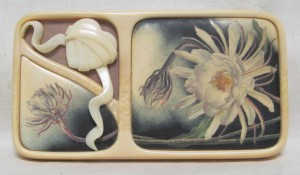
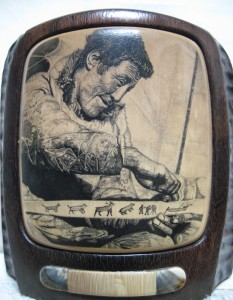
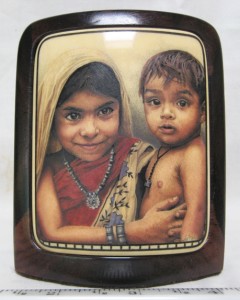

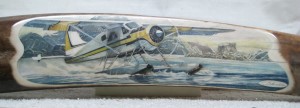
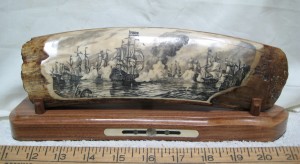
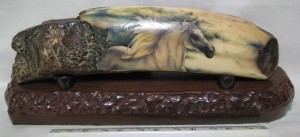
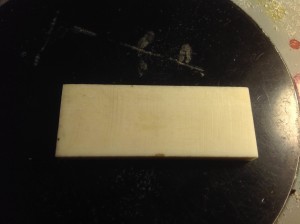
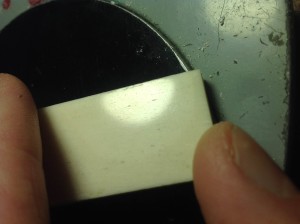
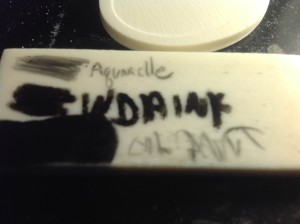
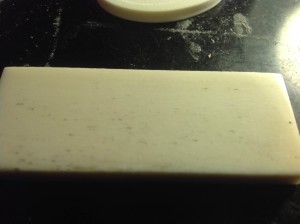
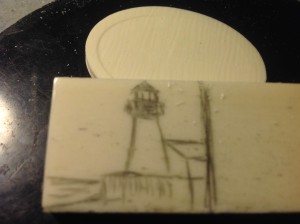
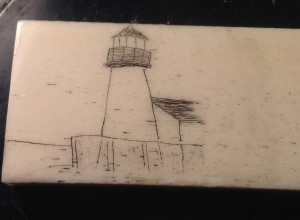
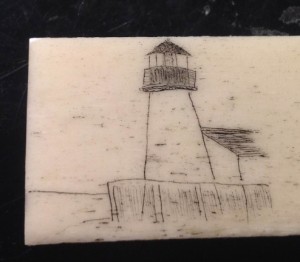

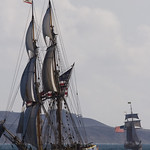

 (Along with the great images from the talented photographers above, I’m including this link to an excellent book about habits. I’d listened to it via Audible and it helped me understand habits to the point where I could “break” a couple of persistent ones. I’m going through it again to now instill some better habits like the one above. It’s not so much a “how to” book but a history of habits and many of their disasterous shortcomings. Worth the read/listen. You can find it at your local library or pick it up on
(Along with the great images from the talented photographers above, I’m including this link to an excellent book about habits. I’d listened to it via Audible and it helped me understand habits to the point where I could “break” a couple of persistent ones. I’m going through it again to now instill some better habits like the one above. It’s not so much a “how to” book but a history of habits and many of their disasterous shortcomings. Worth the read/listen. You can find it at your local library or pick it up on